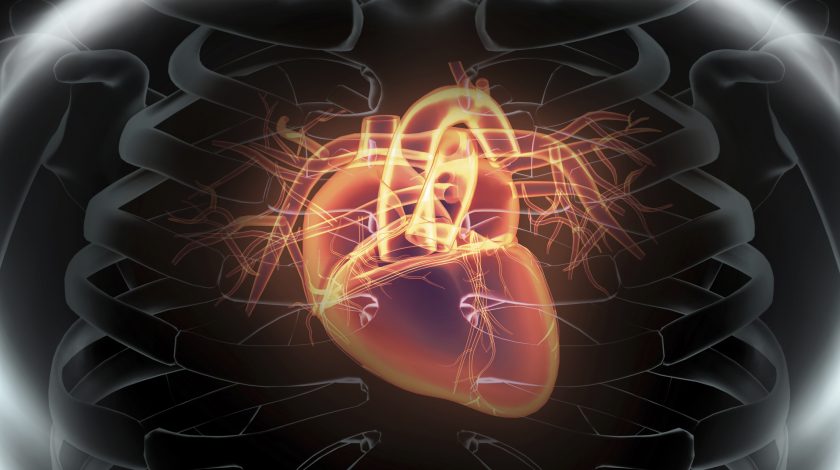AZ and Novoheart collaborate on 'heart in a jar', to develop new HF drugs

Stem cell biotech Novoheart is to collaborate with AstraZeneca to develop a “heart in a jar” that will be used to help develop new heart failure drugs.
The companies will work on the world’s first human-specific in vitro functional model of heart failure with preserved ejection fraction (HFpEF).
HFpEF is a common condition especially among the elderly and in women, with reported prevalence approaching 10% in women aged over 80.
AZ has already made inroads into heart failure with its Farxiga, approved by the FDA last month to reduce chances of hospitalisations for heart failure in adults with type 2 diabetes and other cardiovascular risks.
The FDA has granted Fast Track designation for Farxiga to reduce the risk of CV death, or the worsening of heart failure in adults with heart failure with reduced ejection fraction (HFrEF) or HFpEF based on the Phase 3 DAPA-HF and DELIVER trials.
Boehringer and Eli Lilly are developing Jardiance in heart failure, including the preserved ejection fraction indication, after the drug showed promise in cardiology following initial approvals in diabetes.
This all comes after Novartis’ big heart failure drug Entresto failed in a trial involving patients with preserved ejection fraction earlier this year, leaving the door open for other drug makers to exploit this lucrative niche.
AZ and Novoheart aim to develop new heart failure drugs using Novoheart’s 3-D ventricular cardiac organoid chamber technology, which reproduces the characteristics of heart failure.
The companies said this is the only human engineered heart tissue available on the market to date that enables clinically informative assessment of human cardiac pump performance including ejection fraction and developed pressure.
This so-called ‘heart in a jar’ is the only human engineered heart tissue available on the market to date that enables clinically informative assessment of human cardiac pump performance including ejection fraction and developed pressure.
Unlike animal models, engineered organoids can be made with specific cellular and matrix compositions, and patient-specific human induced pluripotent stem cells that allow control over their physical and mechanical properties to mimic those observed in HFpEF patients’ hearts.
Together with Novoheart’s proprietary hardware and software, this aims to provide a unique assay for understanding the mechanisms of HFpEF, identification of new therapeutic targets, and assessment of novel therapeutics for treating HFpEF patients.
Further financial details were not disclosed but Novoheart will exclusively own the intellectual property rights to the newly developed HFpEF ‘heart in a jar’.












